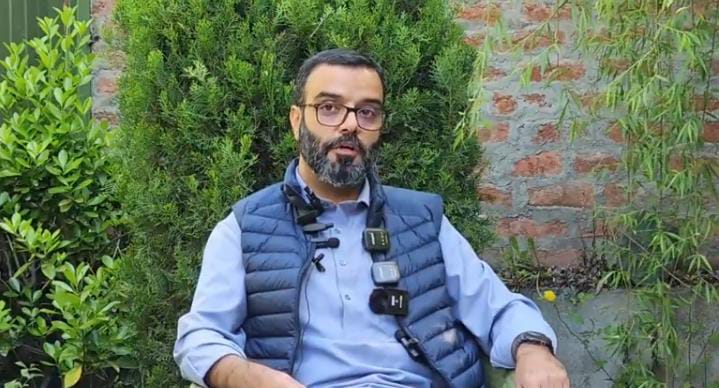Artemis I: NASA’s Orion spacecraft returned to Earth safely on Sunday, December 12, after spending over 25 days in the harsh environment of deep space. Orion splashed down in the Pacific Ocean, west of Baja California, at 9:40 am PST (11:10 pm IST) on Sunday. The spacecraft completed a record-breaking mission as part of Artemis I, an uncrewed test flight, circling a path of more than 2.25 million kilometres around the Moon.
Orion was launched into space atop NASA’s Space Launch System (SLS) rocket on November 16, from Launch Pad 39B at Kennedy Space Center, Florida. The aim of Artemis I was to test Orion in the harsh environment of deep space before flying astronauts on Artemis II, NASA says on its website.
In a NASA statement, Administrator Bill Nelson said the splashdown of Orion, which occurred 50 years to the day of the Apollo 17 Moon landing, is the “crowning achievement” of Artemis I. He added that from the launch of the world’s most powerful rocket (SLS) to the exceptional journey around the Moon and back to Earth, this flight test (Artemis I) is a major step forward in the Artemis Generation of lunar exploration.
Orion performed two lunar flybys during Artemis I, and came within approximately 128 kilometres of the lunar surface. The farthest distance from Earth travelled by Orion was nearly 2,70,000 miles (over 4,34,522 kilometres).
In the statement, NASA associate administrator for the Exploration Systems Development Mission Directorate Jim Free said that with Orion safely returned to Earth, the space agency can begin to see its next mission on the horizon which will fly crew to the Moon for the first time as a part of the next era of exploration. He added that this begins NASA’s path to a regular cadence of missions and a sustained human presence at the Moon for scientific discovery and to prepare for human missions to Mars.
How will Orion be recovered?
According to NASA, Orion stayed in space longer than any spacecraft designed for astronauts has done without docking to a space station. Orion surpassed the record for distance travelled by a spacecraft designed to carry humans, while it was in a distant lunar orbit. This record was previously set during Apollo 13.
Now, recovery teams, consisting of personnel and assets from the US Department of Defense, including Navy amphibious specialists, Space Force weather specialists, and Air Force specialists, as well as engineers from Kennedy Space Center, Johnson Space Center in Houston, and Lockheed Martin Space Operations are working to secure Orion.
The spacecraft will return to shore in the coming days. There, technicians will offload Orion and transfer it by truck back to Kennedy. At Kennedy, teams will open the hatch and unload several payloads, including Commander Moonkin Campos, Snoopy, and the space biology experiments. After this, the capsule and its heat shield will undergo testing and analysis over the course of several months.
Artemis II: First crewed flight of Artemis Program
The second leg of the Artemis Program is Artemis II, which will be the first crewed flight test of the Moon mission. Artemis II will pave the way for the first woman and first person of colour on the Moon on Artemis III. Based on Artemis I and II, the Artemis Program will return humans to the lunar surface for long-term exploration and future missions to worlds beyond, including Mars.
In a NASA statement, Mike Sarafin, Artemis mission manager, said the unique Artemis II mission profile will build upon the uncrewed Artemis I flight test by demonstrating a broad range of SLS and Orion capabilities needed on deep space missions. He added that the mission will prove Orion’s critical life support systems are ready to sustain astronauts on longer duration missions ahead and allow the crew to practise operations essential to the success of Artemis III.
Artemis II will launch a crew of four astronauts from Kennedy Space Center aboard the Orion spacecraft atop the SLS rocket. As part of Artemis II, Orion will perform several manoeuvres to raise its orbit around Earth and eventually place the crew on a lunar free return trajectory.
This is a trajectory of a spacecraft travelling away from a particular body, say Earth, in which the spacecraft returns to that body without propulsion. In the case of Artemis II, Orion will be naturally pulled back towards home after flying by the Moon, due to Earth’s gravity. Artemis II is planned for launch in May 2024.
Artemis III to take humans back to the Moon
Artemis III is the third leg of the Artemis Program. As part of Artemis III, the SLS rocket and Orion spacecraft will carry astronauts into lunar orbit. From there, SpaceX’s Human Lander System (HLS) will ferry astronauts to the Moon’s icy south pole.
Artemis III will launch no earlier than 2025.









